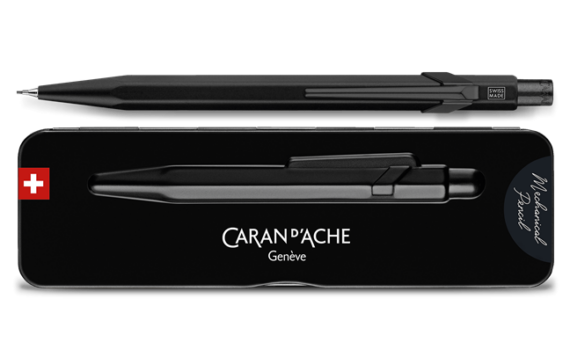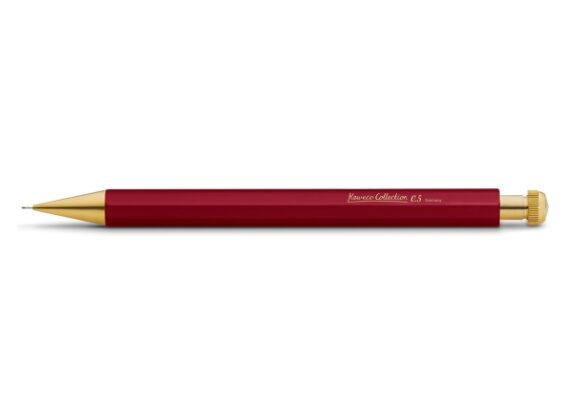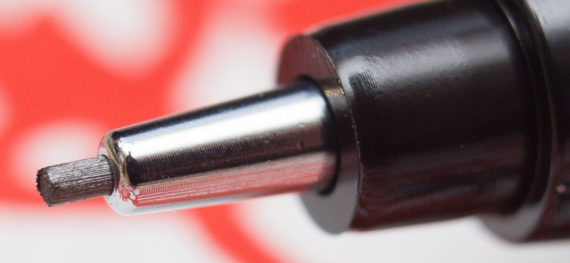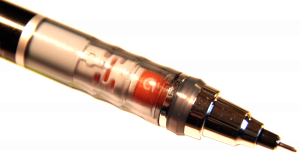Fresher
For many years there hasn’t been much going on in terms of new Caran d’Ache mechanical pencils. There is a lot of choice when it comes to ballpoint pens but there wasn’t much to look at in terms of affordable (<£50) mechanical pencils (there are unusually many in the ‘above £500’ range, though).
In recent years this changed to some extent with the 849 mechanical pencil being available in a few new colours and editions, e.g. Black Code. There are, however, not many shops here in the UK that actually stock these.

Today a new pencil joined the Caran d’Ache offering, available in a set with a ballpoint pen as a limited edition, the Set Fresher.

I am happy to see more mechanical pencils from Caran d’Ache, even though it is basically just the same pencil in different colours. I wish they’d do something else, e.g. offering a 0.5 mm version, but for now, just seeing more colours are a nice change.
Caran d’Ache seems to be starting the different colour limited editions game for their mechanical pencils and lead holders, or maybe not starting it but taking it up a notch, while Lamy is by now really good at the ‘new colour game’. Every time I think I won’t buy another Safari they come up with more good colours: last year the re-release of the original colours, this year the beautiful strawberry and cream colours, with matching clip etc.
Kaweco is also really good at this, with a mix of happy affordable colours and more posh looking ones that are slightly more expensive.
In terms of new innovation there have also been some news.
The new Kurutoga Dive is not only rotating the lead like previous versions, but is also advancing it. It is a capped and a limited edition. I wonder if the cap is there to protect the mechanism when not in use. Maybe the front is not as sturdy (in the current version) as previous Kurutogas with less complicated mechanisms. If that’s the case there might be a regular version without a cap in the future. This thought might explain why this is a limited edition: maybe they want to see first how this mechanism fares in the real world, or the manufacturing process isn’t automated enough for mass market production and some manual labour is currently involved in assembly which doesn’t make it quite mass market ready yet….
I believe that the use of the images in this blog post falls under “fair dealing” as described by the UK Copyright service.








